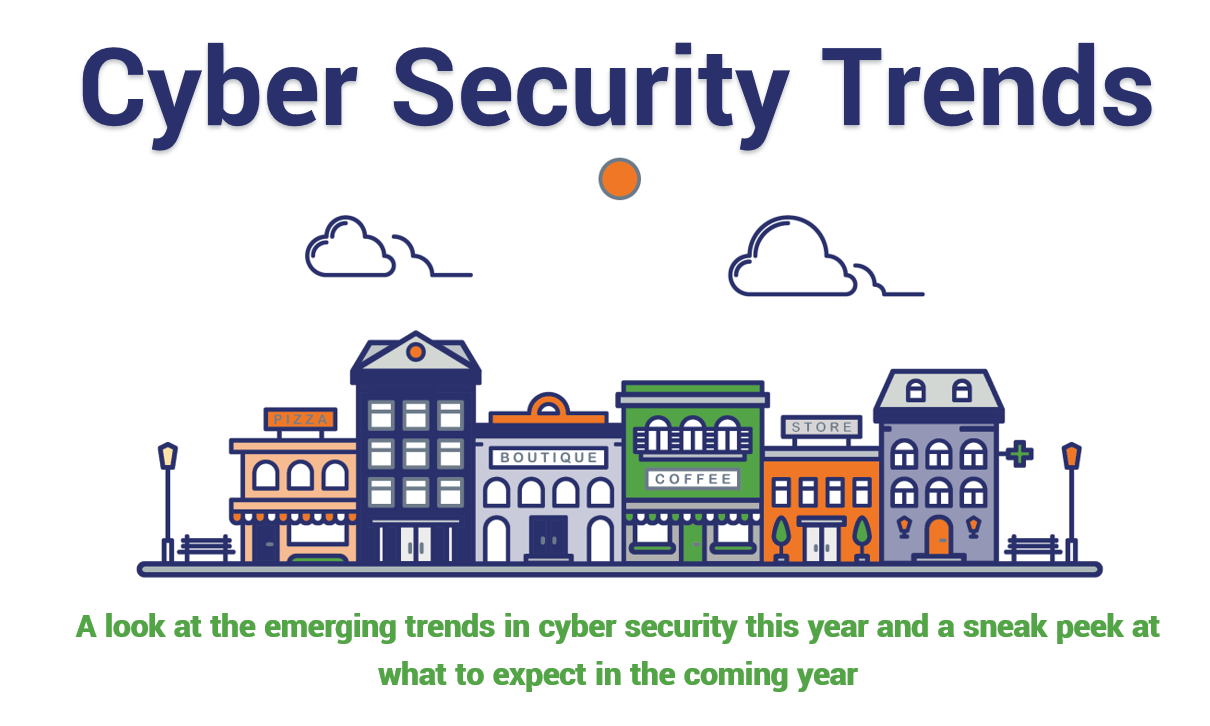
Cybersecurity Threats and Trends: An Overview
By Adedayo Oyetoke, Published on: May 10th 2023 3 min, 523 word Views: 1157
The digital age has brought about countless opportunities for communication, innovation, and growth. However, with these opportunities also come risks, particularly when it comes to cybersecurity threats. Cybersecurity threats can come in many forms, from phishing scams to ransomware attacks, and can affect businesses and individuals alike.
In this blog post, we'll provide an overview of cybersecurity threats and trends, and offer tips for protecting yourself and your business online.
Common Cybersecurity Threats
There are many types of cybersecurity threats that individuals and businesses should be aware of. Here are a few of the most common:
- Phishing Scams: Phishing scams involve tricking individuals into revealing personal or sensitive information, often by impersonating a trustworthy entity like a bank or email provider.
- Malware: Malware is malicious software designed to harm a computer or network, often by stealing data or disrupting operations.
- Ransomware: Ransomware is a type of malware that encrypts a victim's files or data, and demands payment in exchange for the decryption key.
- DDoS Attacks: DDoS (Distributed Denial of Service) attacks involve flooding a website or network with traffic in order to overwhelm it and cause it to crash.
- Insider Threats: Insider threats involve individuals within an organization intentionally or unintentionally compromising security, often by stealing data or sharing sensitive information.
Emerging Cybersecurity Threats
In addition to these common threats, there are also emerging threats that individuals and businesses should be aware of. Here are a few to keep an eye on:
- AI-Powered Attacks: As artificial intelligence (AI) becomes more sophisticated, it's increasingly being used by cyber criminals to launch attacks.
- IoT Devices: Internet of Things (IoT) devices like smart speakers and thermostats are becoming more common, but many of them lack adequate security measures, making them vulnerable to cyber attacks.
- Cloud-Based Attacks: As more businesses move their operations to the cloud, cyber criminals are also targeting cloud-based services and data.
- State-Sponsored Attacks: Some cyber attacks are carried out by state-sponsored actors, often for political or espionage purposes.
Tips for Protecting Yourself and Your Business
With so many potential cybersecurity threats out there, it's important to take steps to protect yourself and your business. Here are a few tips:
- Use Strong Passwords: Use complex passwords, and never reuse passwords across multiple accounts.
- Keep Software Up to Date: Ensure that all software and devices are up to date with the latest security patches and updates.
- Use Two-Factor Authentication: Use two-factor authentication wherever possible to add an extra layer of security.
- Educate Yourself and Your Employees: Stay informed on the latest threats and educate yourself and your employees on how to identify and avoid them.
- Invest in Cybersecurity: Consider investing in cybersecurity measures like antivirus software, firewalls, and intrusion detection systems.
Conclusion
As technology continues to evolve, so too do the cybersecurity threats that we face. By staying informed and taking proactive steps to protect ourselves and our businesses, we can reduce the risk of falling victim to cyber attacks. Remember to keep software up to date, use strong passwords, and invest in cybersecurity measures where necessary. With these tips in mind, you can stay one step ahead of cyber criminals and keep your digital assets safe and secure.
